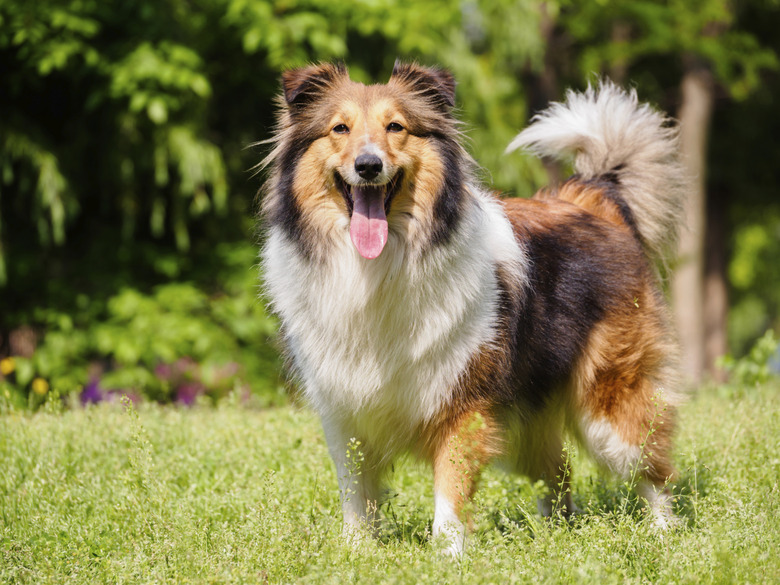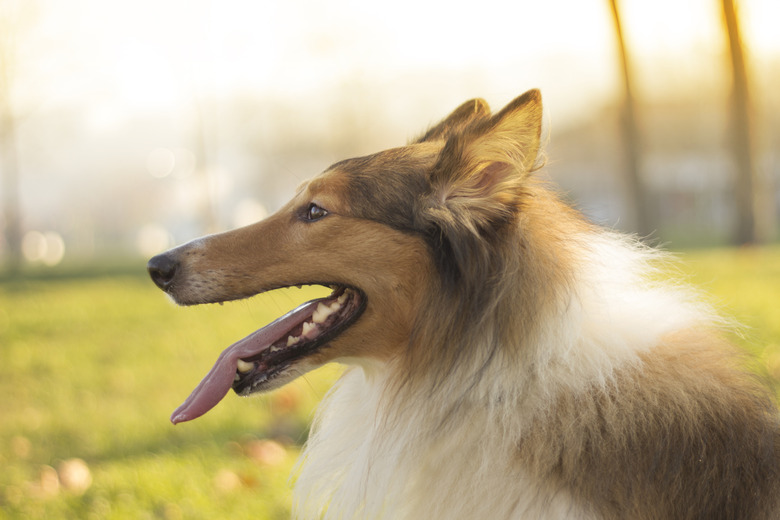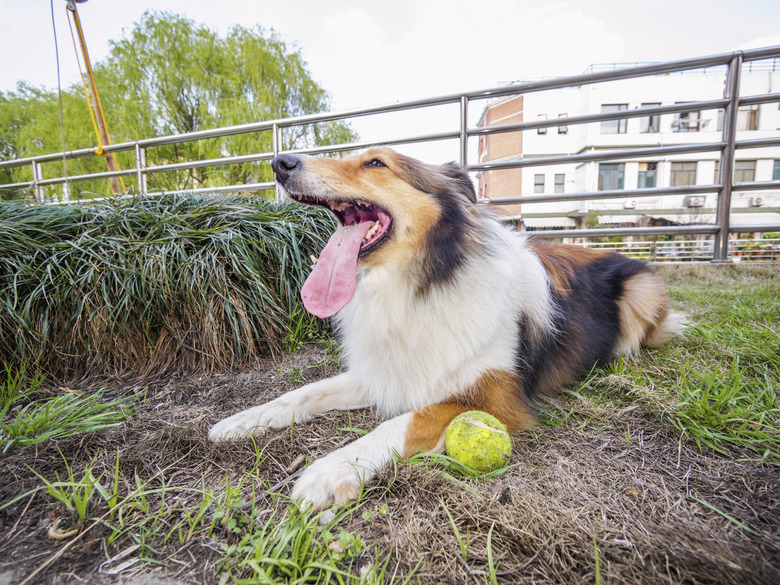Sheltie Vs Collie: What Is The Difference Between A Collie & A Sheltie?
Sheltie vs collie: What's the difference? These fluffy and affectionate herding dogs might look similar and are often mistaken for each other, but they're definitely not the same! Collies and Shetland sheepdogs are two different breeds that have their own interesting history, temperament, and characteristics.
There are two types of collies — rough and smooth — and both share the same temperament and size. The rough collie and sheltie share a similar appearance although they differ in size. Smooth collies have a shorter, flatter coat than their rough counterparts and do not resemble the sheltie.
Sheltie vs. collie size
Sheltie vs. collie size
Shelties are much smaller than collies! A typical Shetland sheepdog stands about 13 to 16 inches tall at shoulder height and weighs from 20 to 25 pounds. The average male collie comes to about 24 to 26 inches at the shoulder and weighs between 60 to 75 pounds. Female collies are 22 to 24 inches tall and weigh 50 to 65 pounds. The collie muzzle is also longer than that of a sheltie.
Both the rough collie and the sheltie carry a full, lush outer coat over a thick undercoat. The two breeds share similar colors and can be sable, tri-color, and blue merle. Collies can also be white with colored markings.
Sheltie and collie histories
Sheltie and collie histories
Shetland sheepdogs take their name from Shetland, the Scottish archipelago where the breed originated in the late 1800s. The small, agile sheepdogs were developed by shepherds there to withstand rough weather and rocky terrain. The Sheltie's ancestors are believed to be border collies, Scottish collies, and spitz-type dogs, or maybe even Pomeranians.
Collies originated in Scotland during the 1800s to help farmers herd and guard livestock. The collie is also a sheepdog. The breed's exact origin is unknown, but the collie was refined in the mid-1800s when it gained popularity in England.
Sheltie, collie health and lifespan
Sheltie, collie health and lifespan
Both shelties and collies have an average lifespan of 12 to 14 years. Both breeds are generally healthy but are prone to some genetic issues. Both breeds can have eye problems, seizures, and hip dysplasia. Collies can be prone to gastric torsion. Shelties may have hypothyroidism. These breeds can be sensitive to ivermectin in medications.
Collie and Shetland sheepdog temperament
Collie and Shetland sheepdog temperament
Shelties and collies vary in temperament. Both breeds require regular exercise, but shelties need a job, whether it's agility, herding, rally, or conformation. A sheltie who's bored will find something to do, and it could be chewing your furniture. Shelties are smart, fun-loving, loyal, and affectionate, but may be reserved with strangers. They require positive reinforcement and do not react well to aggressive training practices.
Collies are content to be quiet and more reserved than shelties. They are gentle, intelligent, fast learners and will happily work when asked, but they are just as happy to nap. Collies can sometimes be stubborn so patience and positive reinforcement are a must during training.
Both collies and shelties are good with children and wonderful family companions, although they may nip at the heels of their humans, attempting to herd them. This behavior is instinctive.
Whether you have a collie or a sheltie, it's helpful to know the differences between the two breeds so you can give your pup the best possible care. Collies and shelties may look similar, but they can differ in size, characteristics, and temperament, but both make wonderful canine companions.


